Sleep with peace of mind: discover the Medlogics waterproof edgable cover You want to give your child or a loved one reliable protection against night-time accidents.
Blog navigation

Buying advice: Why choose an adult romper?
Estimated Reading Time:
Related products
4care - Towelling romper - 1070 - Children Boys & Girls
Old price: €63.10
Price: €31.55
Discount: 50%
Save up: -€31.55
The towelling romper is made from very soft, slightly stretchy cotton.
Back...
4care - Cotton romper - 1060 - Child Unisex
Price: €63.10
Very soft, slightly stretchy cotton romper.
Prevents undressing: zip...
4care - Cotton romper - 1066 - Child Girl
Price: €67.70
Pyjamas/frogs in very soft, slightly stretchy Jersey cotton.
Prevents...
4care - Cotton romper - 1066 - Child Boy
Price: €67.70
Pyjamas/frogs in very soft, slightly stretchy jersey cotton.
Prevents...
4care - Cotton romper - 1066 - Child Girl
Price: €67.70
Pyjamas/frogs in very soft, slightly stretchy jersey cotton.
Prevents...
Suprima - 2 way zip romper - 4713 - Children Boys & Girls
Old price: €54.54
Price: €46.36
Discount: 15%
Save up: -€8.18
Children's romper suit
Long sleeves and long legs
Divisible leg zips
Secure...
4care - 2-way cotton zip romper - 1011 - Adult Unisex
Price: €87.00
Warmer: 230g cotton romper suit
2 zips: back + crotch.
Protectors are easy...
4care - Cotton jersey romper - 1030 - Adult Unisex
Price: €68.10
Jersey Cotton romper
Back zip fastening.
4care - Cotton jersey romper with feet - 1035 - Adult Unisex
Price: €70.80
Jersey Cotton romper
With feet for added safety and comfort
Back zip...
4care - 2-way terry zip romper - 1041 - Adult Unisex
Old price: €87.00
Price: €78.30
Discount: 10%
Save up: -€8.70
Towelling romper
2 zips: back + crotch.
Protectors are easy to change
4care - 1 FE terry romper with feet - 1045 - Unisex
Old price: €86.48
Price: €73.51
Discount: 15%
Save up: -€12.97
Towelling romper
With feet for added safety and comfort
Back zip fastening.
4care - Short cotton jersey romper - 1050 - Adult Unisex
Price: €60.30
Cotton Jersey romper
Short sleeves and legs
Back zip fastening.
4care - Short cotton jersey romper - 1054 - Adult Women
Price: €72.10
Women's Jersey Cotton romper
Short sleeves and legs
Looks like Classic...
4care - Cotton jersey romper - 1080 - Adult Women
Price: €85.70
Women's Jersey Cotton romper
Long sleeves and legs
Looks like Classic...
4care - 2-way zip cotton jersey romper - 1081- Adult Women
Price: €100.10
Women's Jersey Cotton romper
Long sleeves and legs
2 zips: back + crotch....
4care - Short cotton jersey romper - 1055 - Adult Men
Price: €72.10
Men's Jersey Cotton romper
Short sleeves and legs
Looks like Classic...
4care - Cotton jersey romper - 1090 - Adult Men
Price: €85.70
Men's Jersey Cotton romper
Long sleeves and legs
Looks like Classic Pyjamas...
4care - Cotton jersey 2 way zip romper - 1091- Adult Men
Price: €100.10
Men's Jersey Cotton romper
Long sleeves and legs
2 zips: back + crotch....
Seenin - Open back romper with feet - Child Unisex
Price: €59.95
1 zip opening from back to ankle
To keep hands out of nappies
Concealed...
4care - Cotton romper - 1066 - Child Unisex
Price: €69.70
Pyjamas/frogs in very soft, slightly stretchy jersey cotton.
Prevents...
4care - Resistant romper short sleeves + long legs - 2501 - Child
Price: €155.50
Sleeves : Short
Legs : Long
Closure: Back with safety snap or ring
Thick...
4care - Resistant romper with sleeves and long legs - 2500 - Children
Price: €158.40
Sleeves : Long
Legs: Long
Closure: Back with safety snap or ring
Thick...
4care - Heavy-duty romper with short sleeves and legs - 2520 - Children
Price: €135.60
Sleeves : Short
Legs : Short
Closure : Back with safety snap or ring
Thick...
4care - Resistant romper with sleeves and long legs - 2500 - Adult
Price: €158.40
Sleeves : Long
Legs: Long
Closure: Back with safety snap or ring
Thick...
4care - Resistant romper short sleeves + long legs - 2501 - Adult
Price: €155.50
Sleeves : Short
Legs : Long
Closure: Back with safety snap or ring
Thick...
4care - Heavy duty short sleeve romper - 2520 - Adult
Price: €135.60
Sleeves : Short
Legs : Short
Closure : Back with safety snap or ring
Thick...
4care - Heavy duty sleeveless romper + short legs - 2530 - Adult
Price: €128.30
Sleeves : Slee veless
Legs : Short
Closure : Back with safety snap or ring...
4care - Heavy duty sleeveless romper + long legs - 2531- Adult
Price: €145.70
Sleeves : Slee veless
Legs : Long
Closure : Back with safety snap or ring...
Segufix - Magnetic ring safety system
Price: €28.50
Magnetic safety lock for medical devices
Requires SG 1208 key to open
German...
Segufix - Magnetic safety magnet
Price: €21.20
Magnetic safety release key for medical devices
To be used on the SG 1206...




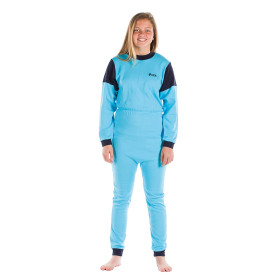
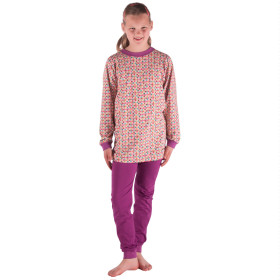
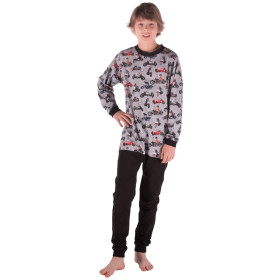


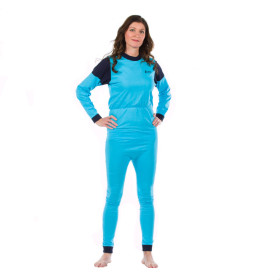
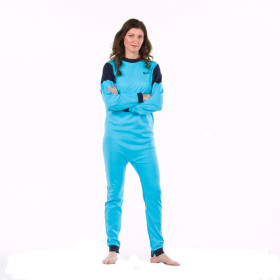
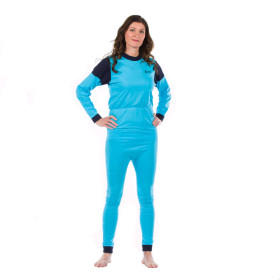
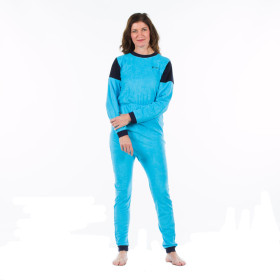

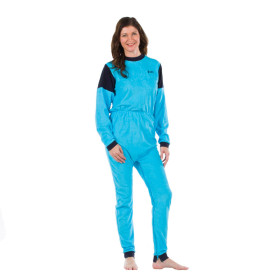
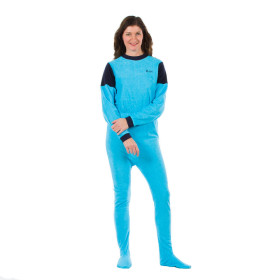
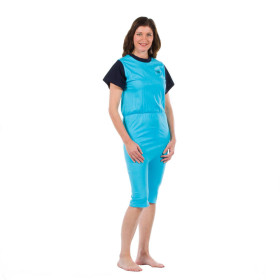

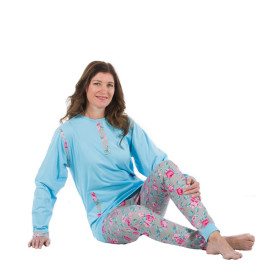
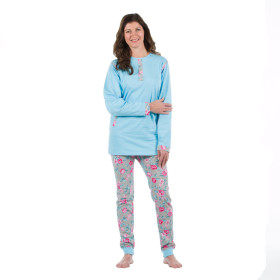
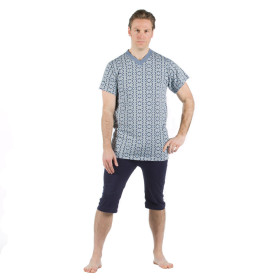
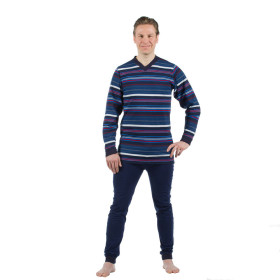


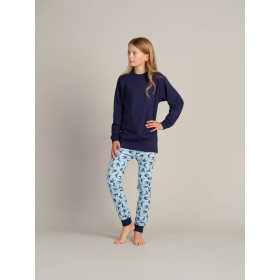

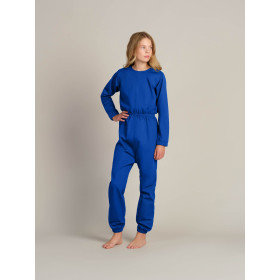

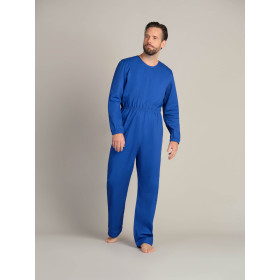


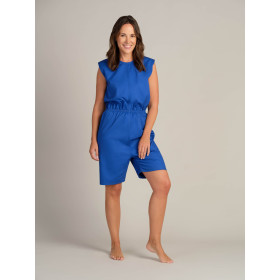

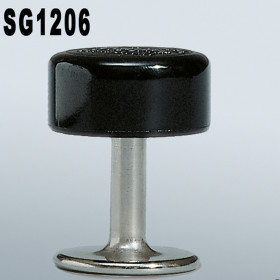
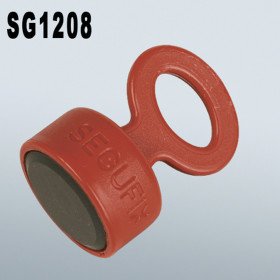





Latest comments